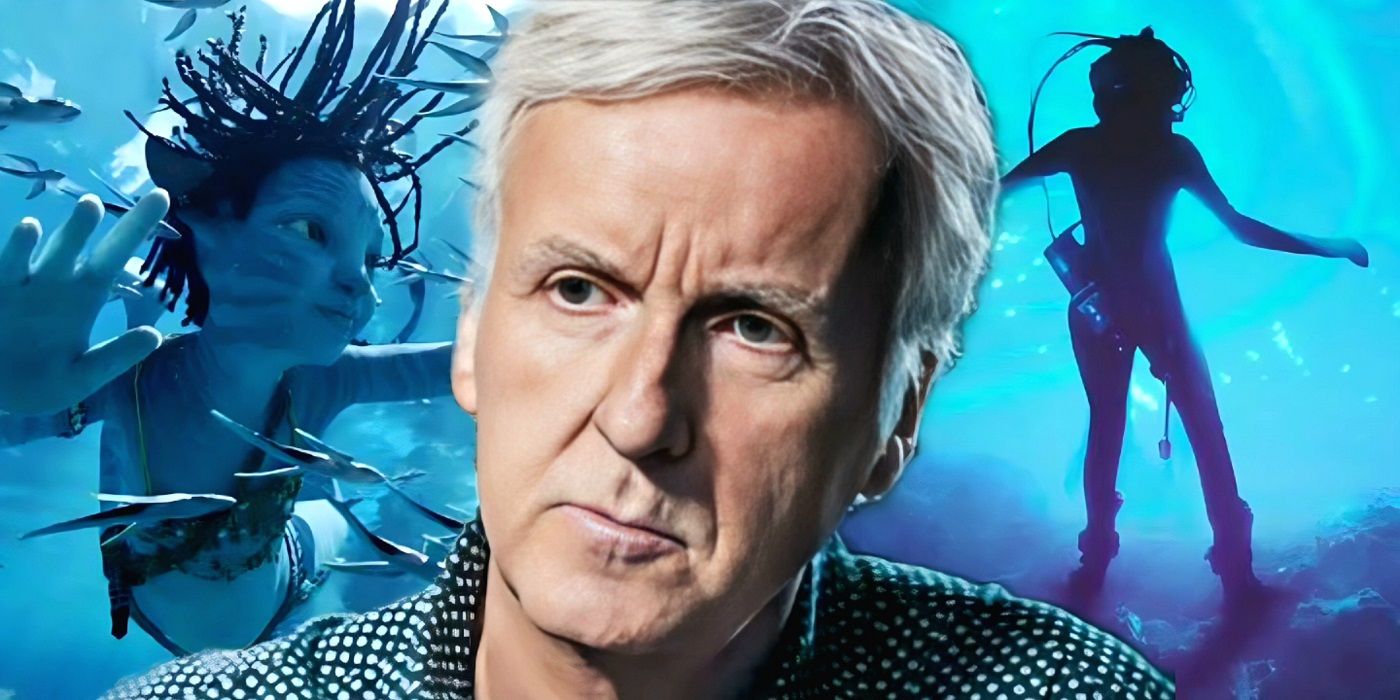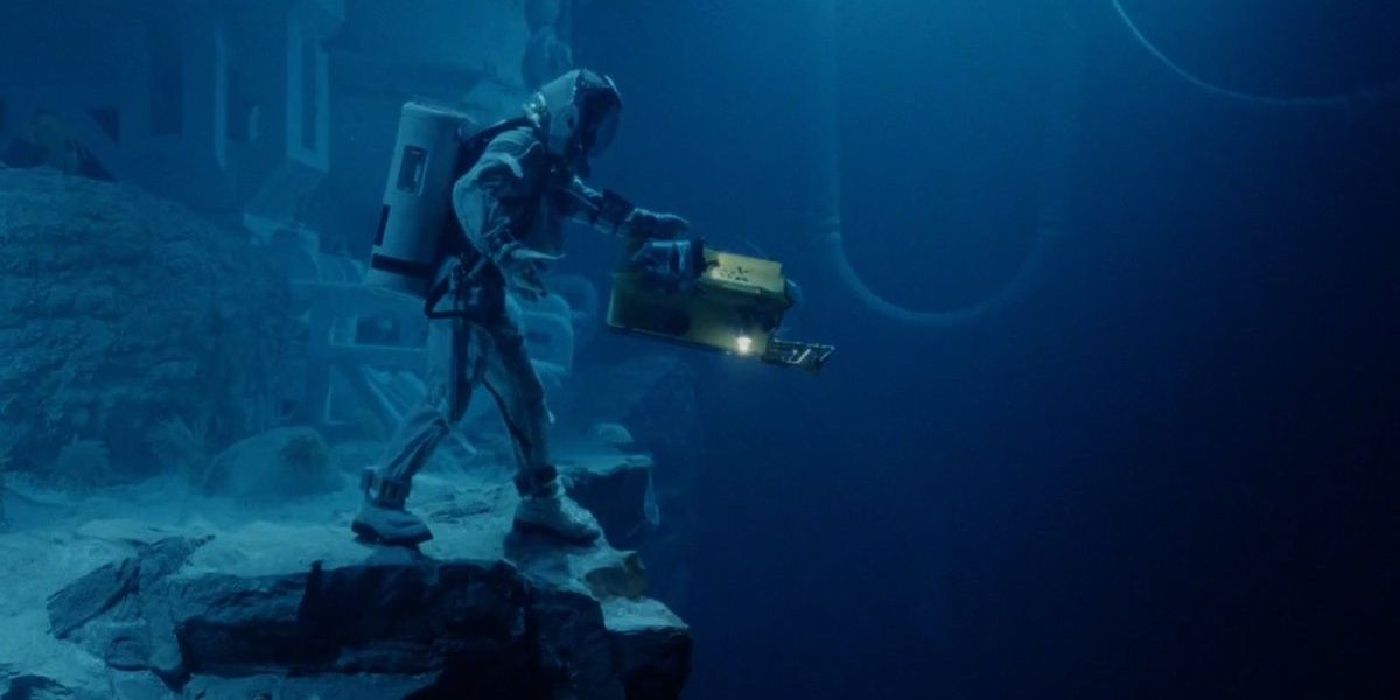In the realm of challenging film shoots, few can parallel the harrowing underwater journey of James Cameron’s The Abyss. From the revolutionary “Terminator” to the colossally popular “Titanic”, Cameron is no stranger to pushing boundaries. Yet, while recent endeavors like Avatar: The Way of Water may seem demanding, they pale in comparison to the intense trials faced during the creation of The Abyss.
The Abyss: Pushing Cinematic Boundaries
James Cameron, after making waves with The Terminator, swiftly became known for his meticulous attention to detail and relentless pursuit of excellence. However, despite his reputation for challenging shoots, from on-set disputes during Aliens to the hardships of Titanic, The Abyss is the standout in terms of grueling production.

Set against the backdrop of an oil crew unearthing alien life while salvaging a sunken submarine, the film’s unique aquatic setting demanded much from its cast and crew. With ambitions to set a new benchmark for underwater filming, akin to what Stanley Kubrick’s 2001 achieved for space, Cameron plunged into the project headfirst. Opting to shoot in an abandoned nuclear plant’s reactor containment vessel with a 7-million-gallon capacity and an additional turbine pit, the complexities of filming underwater soon became apparent.

The documentary Under Pressure: The Making of The Abyss sheds light on the turmoil faced by the team. Over-chlorination of tank water for better visibility left crew members with bleached hair and burnt skin. Notable sequences, such as Ed Harris’s Bud character utilizing a special breathing fluid, placed Harris in genuine peril, causing a distraught drive home post-filming. Furthermore, Mary Elizabeth Mastrantonio, playing Lindsey, faced a challenging scene, causing her to voice the sentiment: “We are not animals!”
Budget Woes and Avatar Comparisons
Interestingly, while The Abyss was an endeavor of passion and ambition, it wasn’t blessed with a lavish budget akin to Avatar. Faced with financial restrictions and an ever-expanding filming timeline, the movie’s costs spiraled out of control. Even with post-production trims and release delays, The Abyss remained a behemoth project for Cameron. While eventually, a Special Edition in 1993 addressed some of Cameron’s earlier reservations, it emphasized the gap in resources and time between this project and the likes of Avatar.

Legacy of The Abyss
Upon its release, The Abyss met with a lukewarm reception, potentially overshadowed by tales of its brutal production. Yet, time has been kind to this undersea epic. Embodying a heartfelt love story coupled with outstanding performances, the Special Edition particularly stands out as a testament to Cameron’s vision.

While the film’s creation might remain a sore point for many who worked on it, its contributions to the industry are undeniable. The innovative tech it introduced played pivotal roles in shaping Cameron’s successive hits like Terminator 2: Judgment Day and indeed, the underwater spectacle of Avatar: The Way of Water.
In concluding, James Cameron’s The Abyss remains a testament to a filmmaker’s unyielding vision and the enduring human spirit, forever capturing the essence of cinematic artistry and ambition.









